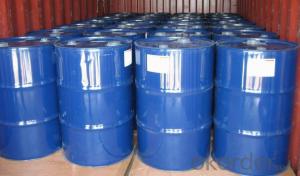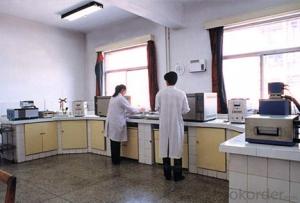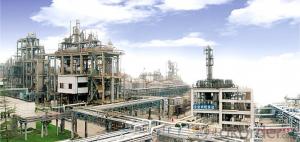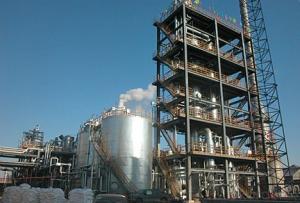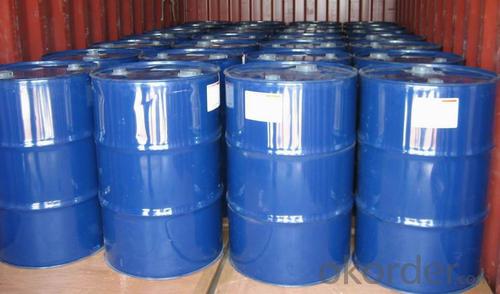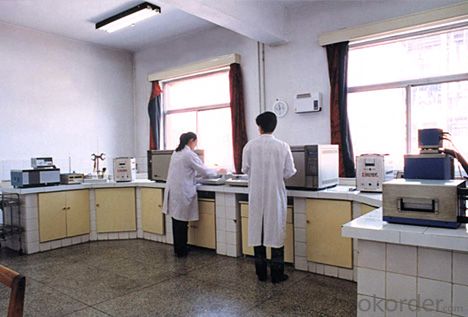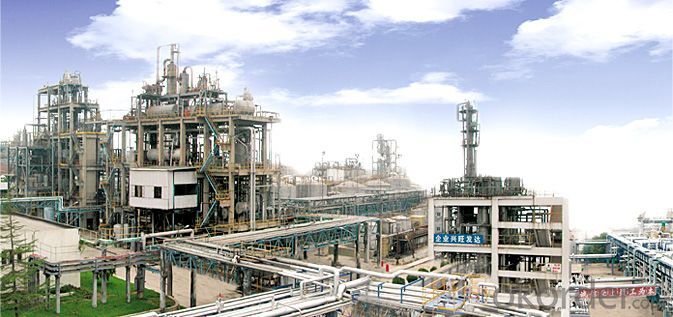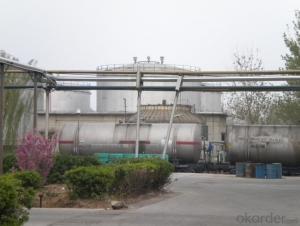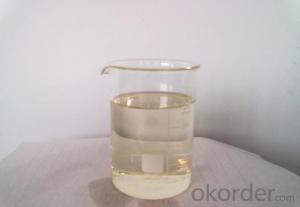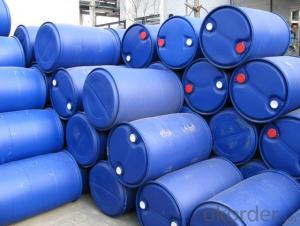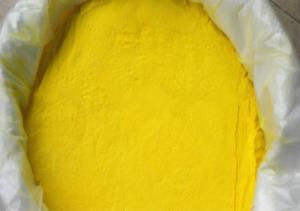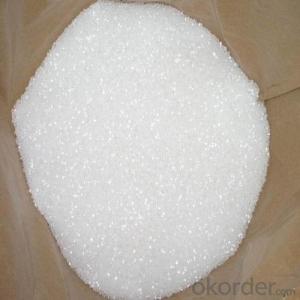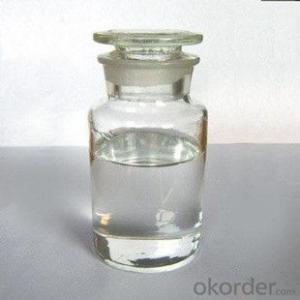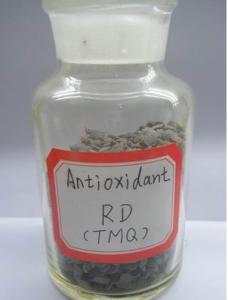Best Price for DOP Used for Rubber Factory
- Loading Port:
- Tianjin
- Payment Terms:
- TT OR LC
- Min Order Qty:
- 20 m.t.
- Supply Capability:
- 8000 m.t./month
OKorder Service Pledge
OKorder Financial Service
You Might Also Like
DOP
Molecular Formular : C24H38O4
Molecular weight : 390.57
CAS No.:117-81-7
H.S Code : 2917.3200.00
EINECS No.: 204-211-0
Characteristics : Colorless transparent oily liquid, slight odor.
Processing : Injection Moulding
Application : It is one of the most extensively used plasticizers in plastics processing. It has comprehensive properties, such as high plasticizing efficiency, low volatility, UV-resisting property, water-extracting proof, cold-resisting property, and also good softness and electric property. As a fine main plasticizer, it is extensively used in processing polyvinyl choride and ethylcellulose resins to produce plastic film, imitation leather, electric wire, cable wearer, sheet, planet, mould plastic products and. Used in nitrocellulose paints, it can make the ethylcellu lose more elastic and more strong in extracting tension. It can be used as a softening agent of synthetic rubber, such as to make the product easier to rebound and harder to undergo form change under pressure, without affecting of the plastics.
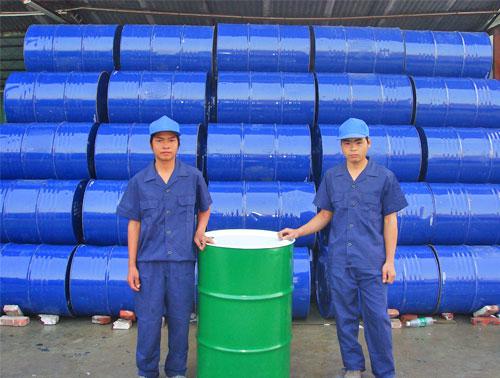
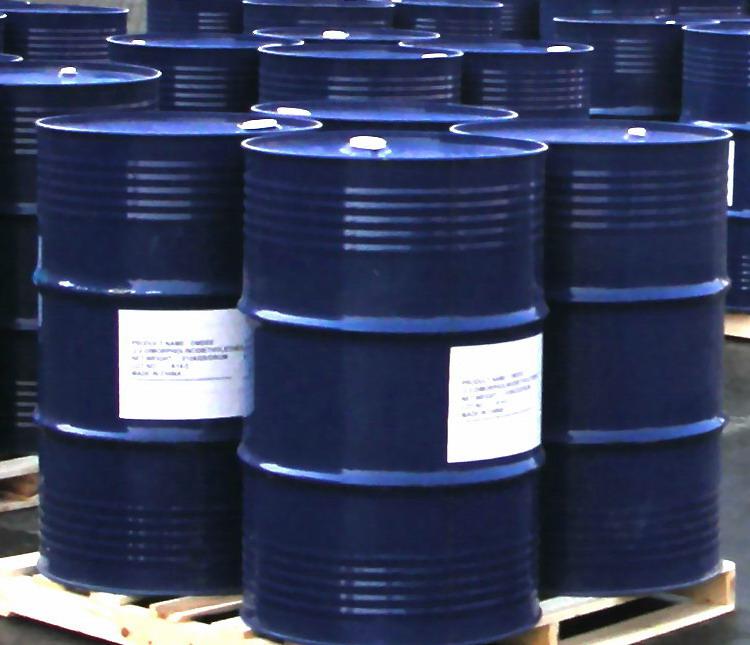
Specifications :
Quality Index | |||
Item | Value | ||
Super Grade | First Grade | Qualified Grade | |
Appearance | Oily liquid | ||
Color(APHA) ≤ | 30 | 40 | 120 |
PurityAs Ester% ≥ | 99.5 | 99.0 | 99.0 |
Acidity (benzene dicarbonic acid)g/cm | 0.01 | 0.015 | 0.03 |
Loss on dry (125oC3hr)%≤ | 0.2 | 0.3 | 0.5 |
Flash point(open)oC ≥ | 195 | 192 | 190 |
Density20,g/cm3 | 0.982-0.988 | ||
Volume Resistivity ΩM ≥ | 1.5×1011 | ||
Heat decrement % ≤ | 0.2 | 0.3 | 0.5 |
Water content,% ≤ | 0.1 | 0.15 | 0.15 |
Package and Storage :
Packed in 200KG/Galvanized Iron Drum or 1000kg/ISO TANK or flexibag container
Stored at dry,shady,ventilated place. Prevented from collision and sunrays,rain-attack during handling and shipping. Met the high hot and clear fire or contact the oxidizing agent,caused the burning danger.
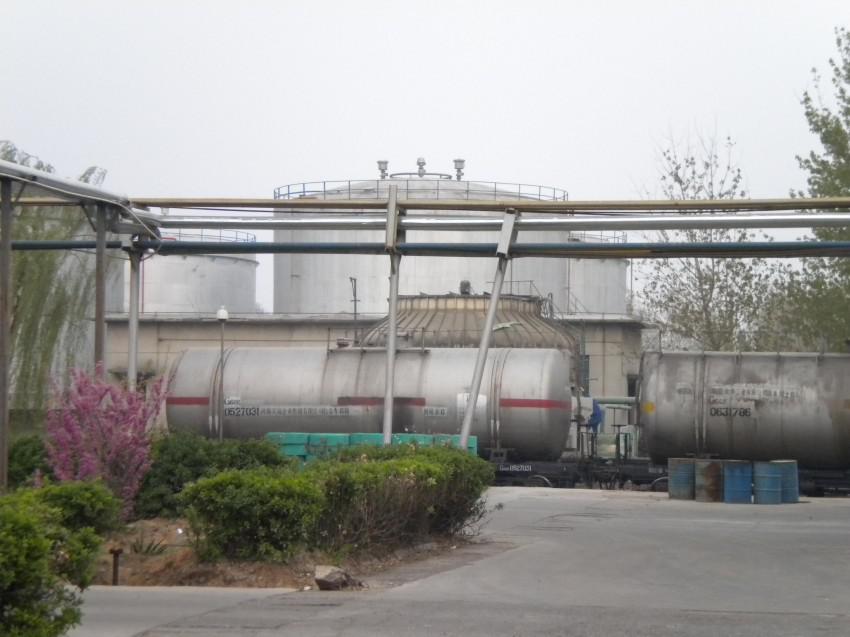
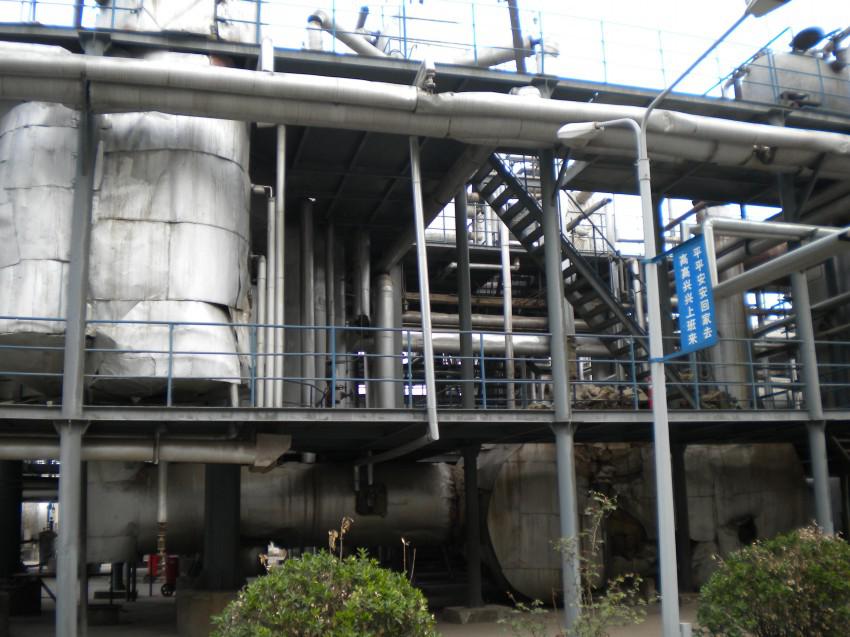
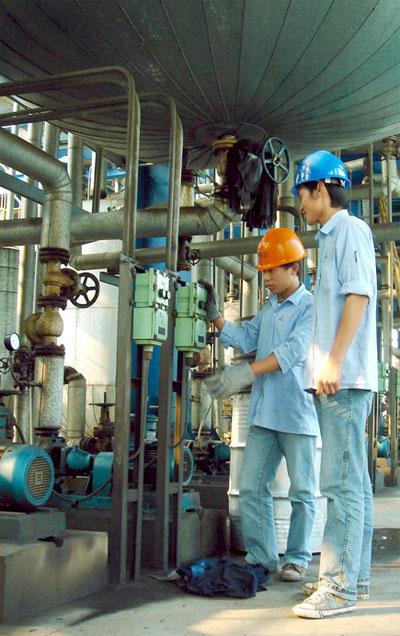
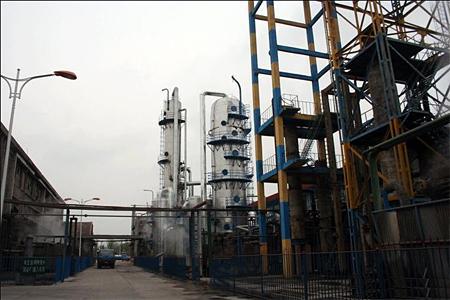
- Q: in acid-catalyzed reaction,there are some books show the acid catalyst as H+ and there are some show it as H3O+ .Are they the same?
- Sort of. If the reaction is under aqueous conditions (any water is included in the reaction), then yes, H+ = H3O+. This is because free protons present (H+) will be coordinated generally to molecules of water [thus H2O + H+ =H3O+ ]. But there are reaction conditions where water is not present, but an acid catalyst is still possible. In these cases, the acid catalyst may frequently be indicated as simply H+. Either way, the function in most of your reaction mechanisms is basically the same, whether indicated as H+ or H3O+ -- and that's to protonate molecules (Lewis or Bronsted bases) with H+. Concentrated sulfuric acid would be an example of a mostly-anhydrous (no water) strong proton/acid source (H+). Hydrochloric acid (HCl) frequently is available as an aqueous solution, even concentrated HCl is an aqueous solution of HCl. HCl itself is a gas under ambient conditions... but it has solubility in water and thus is conveniently sold frequently as an aqueous solution (which could be represented as H3O+)
- Q: How does the catalyst affect chemical balance? Why the catalyst has no effect on the chemical equilibrium, for v-t diagram
- The catalyst only affects the time required to reach equilibrium and does not affect the conversion of the reactants
- Q: Seems intuitive that it wouldn't, but I dunno the qualitative difference between activation energy & Gibbs free energy. I'M TOO LAZY TO GOOGLE I GOTS STUFF TO DO
- A catalyst can change the activation energy not the Gibbs energy. The Gibbs energy is the energy difference between the initial state and final state. A catalyst cannot change that. Imagine you are driving from school to home. How you drive do not change the height difference between the school and your home. However, a catalyst can change your path which can change the routine you drive from school to home. So if there is a hill in between your school and you home, you have the choice to drive through it or drive around. Here is a picture: upload.wikimedia.org/wikipedia/co... A catalyst can change the height of the barrier, but cannot alter the initial or final state.
- Q: Horseradish enzyme catalyzed Luminol chemiluminescence reaction
- Disinfectant ah ~ bleach ah ~ ~ take this kind of thing to wash the blood once something can interfere with Lumino identification. So that want to do bad things must be a good plan. Lumino in the presence of copper, copper alloy, horseradish or some bleach in the presence of fluorescence. So if the scene of the crime was bleached
- Q: Will the catalyst in the chemical reaction be reduced?
- The amount of catalyst in the chemical reaction is not reduced, the catalyst is divided into a positive catalyst and a negative catalyst, the positive catalyst promotes the reaction, and the negative catalyst inhibits the reaction
- Q: Chemical "catalyst can speed up the chemical reaction rate of other substances," this sentence right?
- Wrong, the catalyst is divided into two kinds, one is to speed up the chemical reaction speed, and the other is the opposite
- Q: Will the catalyst be able to increase the rate of chemical reactions?
- The catalyst has a positive catalyst and a negative catalyst, and generally does not specifically refer to both the positive catalyst, i.e., the catalyst that accelerates the reaction.
- Q: Does the nature and quality of the catalyst itself change before and after the chemical reaction?
- No, but in some cases it may produce catalyst poisoning
- Q: In the chemical reaction will have to use the catalyst reaction, such as H2O2 === (MnO2) H2O + O2 ↑, then the catalyst in the end to participate in the reaction (that is, the catalyst itself is the reactant) If so, why are some of these substances in the reaction (these substances refer to the catalyst) in the reaction after the quality and nature of the change does not change?
- In the chemical reaction can change the chemical reaction rate of other substances (both can also improve), and its own quality and chemical properties in the chemical reaction before and after the material did not change called catalyst (also known as catalyst)
- Q: What chemical reactions can water do the catalyst?
- So far heard, but can and Na and other metal reaction
Send your message to us
Best Price for DOP Used for Rubber Factory
- Loading Port:
- Tianjin
- Payment Terms:
- TT OR LC
- Min Order Qty:
- 20 m.t.
- Supply Capability:
- 8000 m.t./month
OKorder Service Pledge
OKorder Financial Service
Similar products
Hot products
Hot Searches
Related keywords
